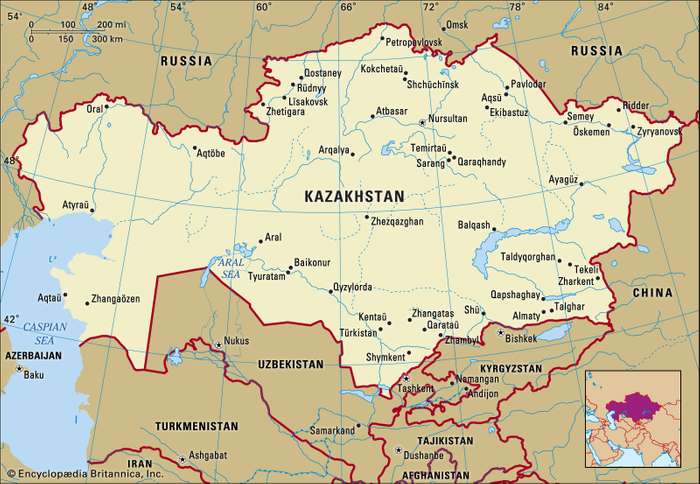Kazakhstan’s 2019 Development Along The Belt & Road
The World Bank has stated this month that Kazakhstan has the lowest rate of poverty in Central Asia. Also, in the Central Asian region, where the population is growing quickly, the absolute number of people living in poverty has fallen. The pace of this progress however is slowing down.
Meanwhile, Kazakhstan moved up three spots to 25th on World Bank Doing Business 2020 report. Kazakhstan made improvements in issuing permits, ease of getting a loan and starting a business. However, difficulties in registering property and resolving insolvency remain. In 2019, Kazakhstan was ahead of Iceland (26th place), Austria (27th place), Russia (28th place), Japan (29th place), Spain (30th place).
Kazakhstan has introduced an open-skies regime starting November 1st this year, extended to eleven international airports across the country. All restrictions on number of flights were removed at nominated airports, and all foreign airlines can exercise fifth-freedom rights on routes not served by Kazakh operators. This means that international airlines may now stop at airports in Kazakhstan en-route from their origin countries to third destination countries. A similar open-skies regime has been in effect at the country’s capital Nur-Sultan and reportedly contributed to its double-digit growth in 2018.
Kazakhstan’s current account balance developed a US$1.9 billion deficit in first half of 2019. External debt was US$158.3 billion, or 87.7% of GDP. In first half of 2019, external debt decreased by US$467.6 million.
The Kazakh government is seeking to ban sales of land along the country’s borders, returning to an issue that triggered mass protests against China three years ago. Proposed legislation would bar both foreigners and locals from buying any land in all districts bordering China and in a 25 km wide strip adjacent to Russia, Kyrgyzstan, Uzbekistan and Turkmenistan.
The Kazakh government will also commit US$1.08 billion to support businesses as part of Business Road Map 2025. Since 2010, the Business Road Map has created more than 94,000 jobs and preserved more than 342,000. Share of small and medium-sized businesses in GDP grew from 24% in 2015 to 28.4% in 2018 and total volume of goods and services produced increased from US$34 billion to US$59.9 billion. GDP growth is over 4% over the last 9 months, beating the regional average. Pension reform and strong investment (25% of GDP) are helping to improve the growth outlook and investor sentiment.
Foreign investment in Kazakhstan is growing equally between China and the West, the latter mainly from the United States. Gross inflow of FDI from China rose 21% year over year. FDI from U.S. rose 7%. Russia, the lead economic partner of Kazakhstan saw a 20% annualized drop in investment. China accounts for 5% of overall FDI into Kazakhstan, excluding the 3% from Hong Kong. China’s share is growing, but the U.S. tops the list at 23%, thanks largely to the oil and gas industry. Accumulated Russian investment in Kazakhstan amounts to US$13 billion, and of Kazakhstan in Russia almost US$4 billion.
Related Reading
- Aqtau Port, Kazakhstan’s Caspian Sea Belt and Road Window to Europe
- Kazakhstan To Triple Wheat Exports To China As Beijing Looks Away From US Farmers
About Us
Silk Road Briefing is written by Dezan Shira & Associates. The firm provides strategic analysis, legal, tax and operational advisory services across Eurasia and has done since 1992. We maintain 28 offices throughout the region and assist foreign governments and MNC’s develop regional strategies in addition to foreign investment advice for investors throughout Asia. Please contact us at asia@dezshira.com or visit us at www.dezshira.com






